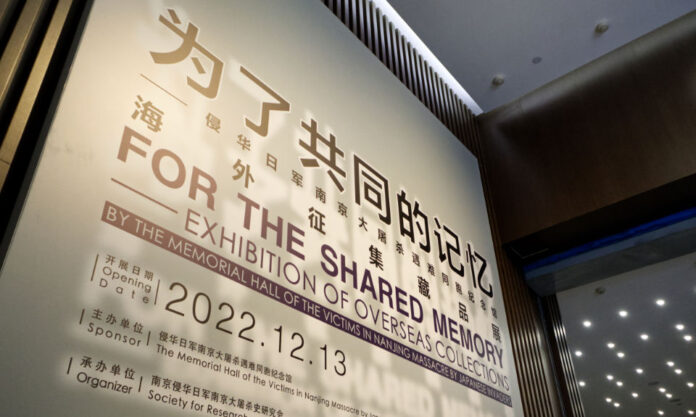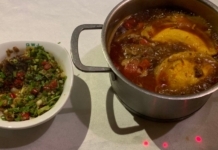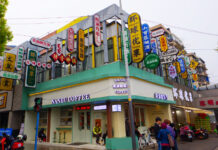While it was unveiled on the anniversary of the Nanjing Massacre last December, it has taken The Nanjinger until this summer to get down to the Memorial Hall to see for itself. Those who follow in our footsteps shall not be disappointed.
“For the Shared Memory” is the name of the new exhibition at the Memorial Hall of the Victims in Nanjing Massacre by Japanese Invaders that comprises a multi-media presentation and exhibition of foreign accounts of the Massacre, by both media and individuals who were in Nanjing at the time.
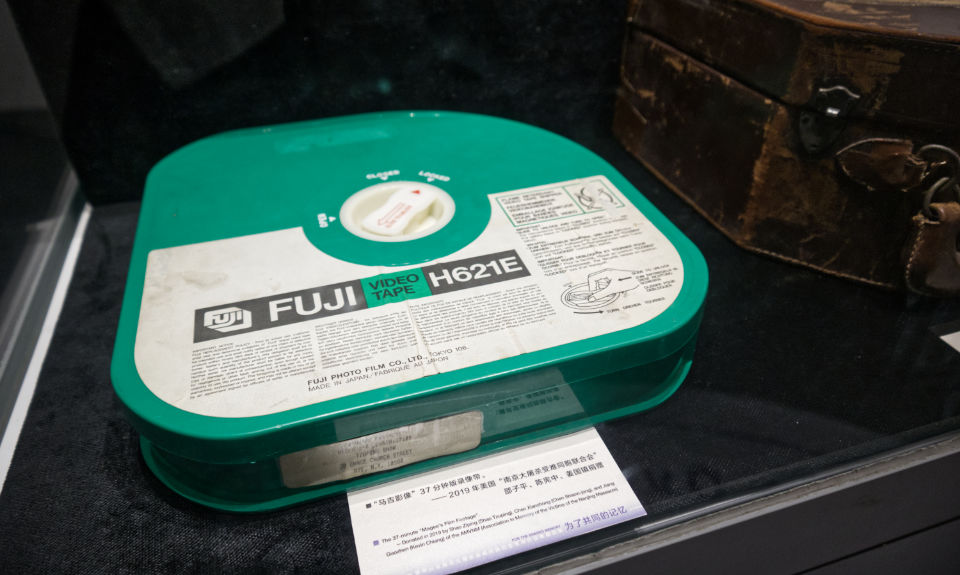
Therein, film footage of the Massacre shot by American missionary, John Magee; as well as the actual case in which the film was stored. It’s a powerful and emotive exhibit.
Then there is a photo album showing the atrocities kept by a Japanese soldier, and audio and video tape recordings of perpetrators’ confessions.
Plus much of the coverage given to the Massacre by western media of the time. Centrepiece on one of the exhibition’s walls is a front page from New York Times
On 18 December, 1937, some 5 days after the start of the Nanjing Massacre, that publication reported that Chinese prisoners had been slaughtered and the Japanese army had caused terror in Nanjing.
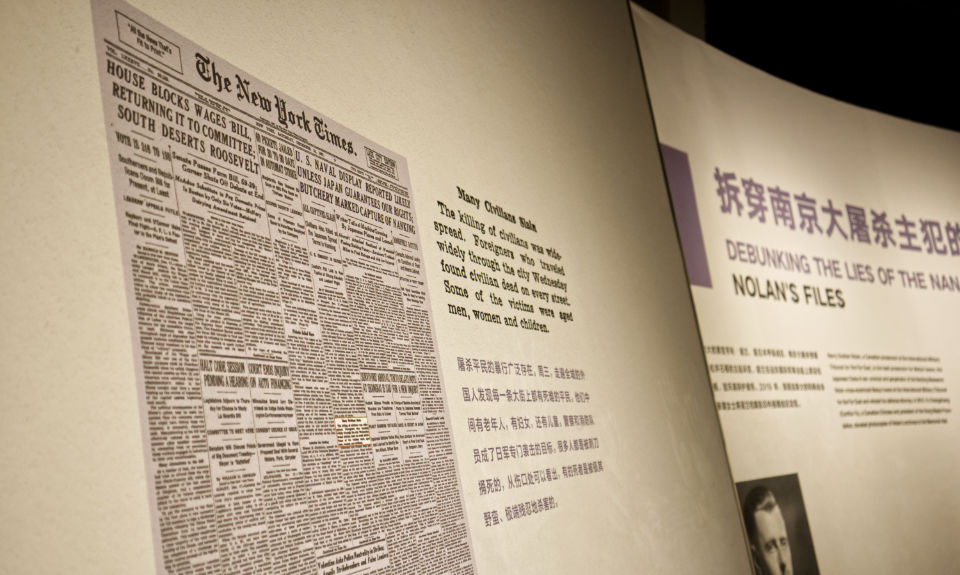
The report in part read, “The killing of civilians was widespread. Foreigners who on Wednesday walked through the city found dead civilians on every street. Some of the victims were aged men, women and children. Chinese policemen and firemen were the main targets of the Japanese army’s attack. Many victims were bayoneted in a barbaric slaughter”.
In the UK, on 11 February, 1938, the Manchester Guardian Weekly reported that widespread robbery and rape had taken place in Nanjing.
“The Japanese army entered Nanjing on 13 December, and on the following day, some 50,000 soldiers looted the city crowded with Chinese refugees. The Japanese soldiers robbed the money, food, and clothing, raped women, and injured or killed anyone trying to resist”, wrote that publication.
Elsewhere, former Soviet Union outlet, Pravda, wrote of a child who had died in a hospital from seven bayonet wounds to the abdomen and of a woman who had sustained a deep cut to her throat after being raped by 20 Japanese soldiers.
This new collection adds considerable weight to the enormous body of evidence already on display in the Memorial Hall; some 192,000 cultural relics and historical materials. While there are those who disagree, foreign visitors to the Memorial Hall often come away commenting on the objectivity of the exhibition. Indeed, painstaking efforts have been made to keep it that way.


